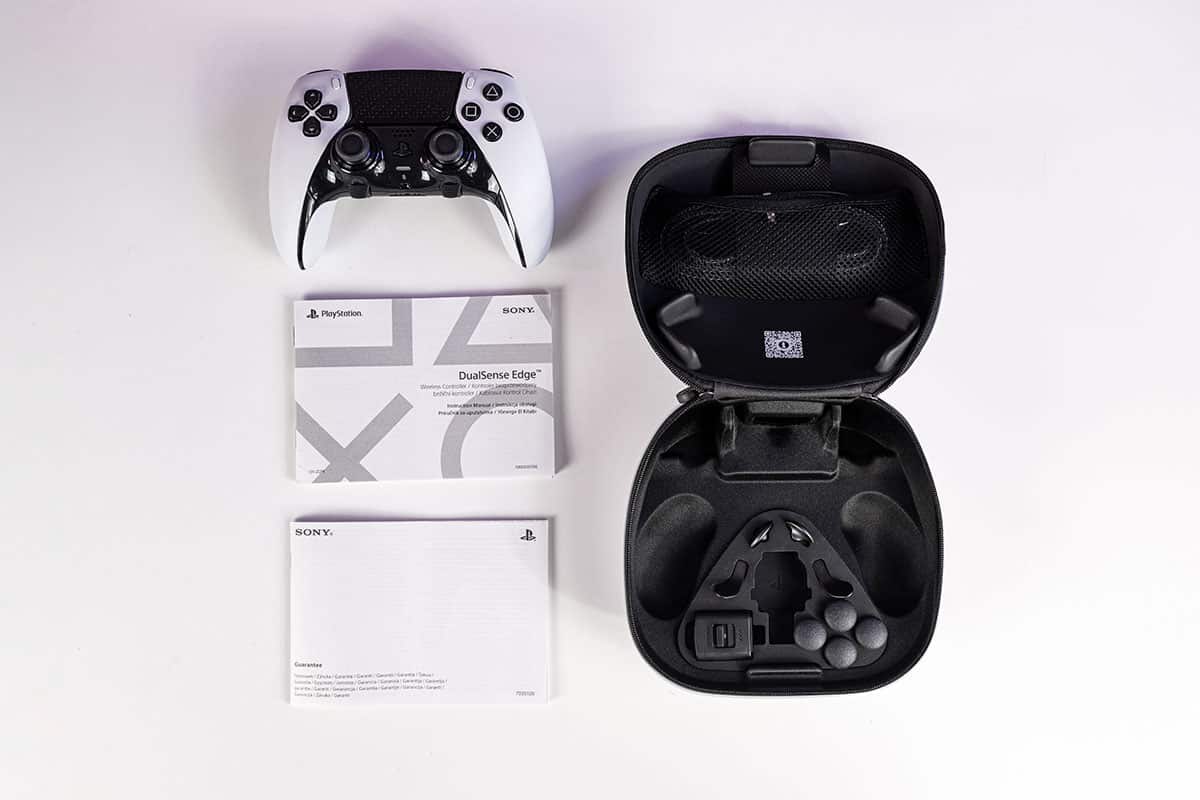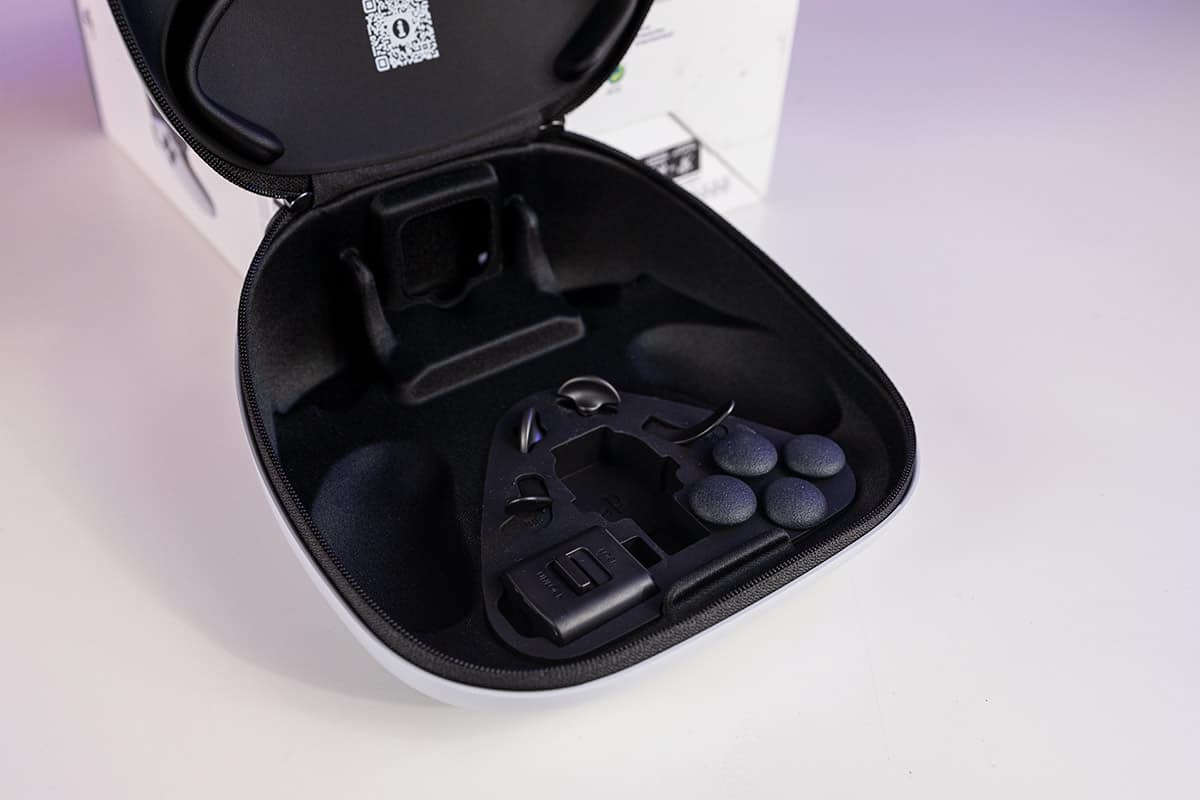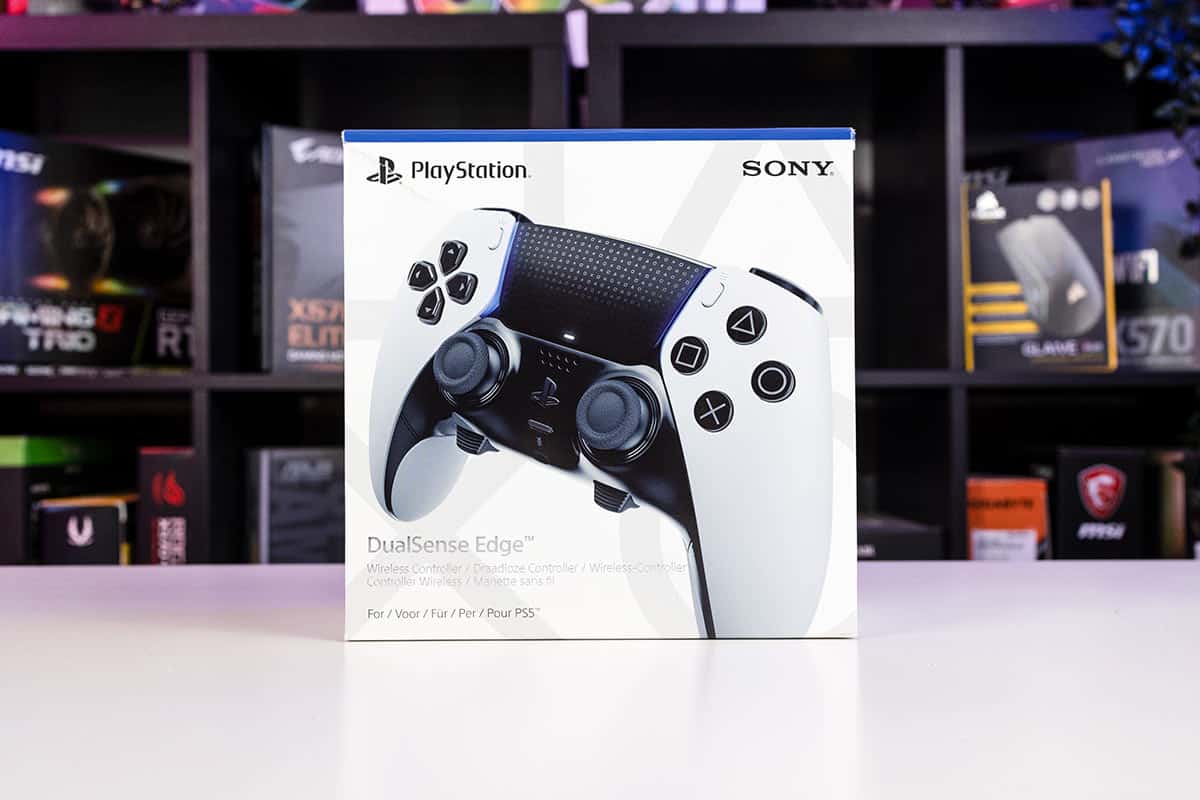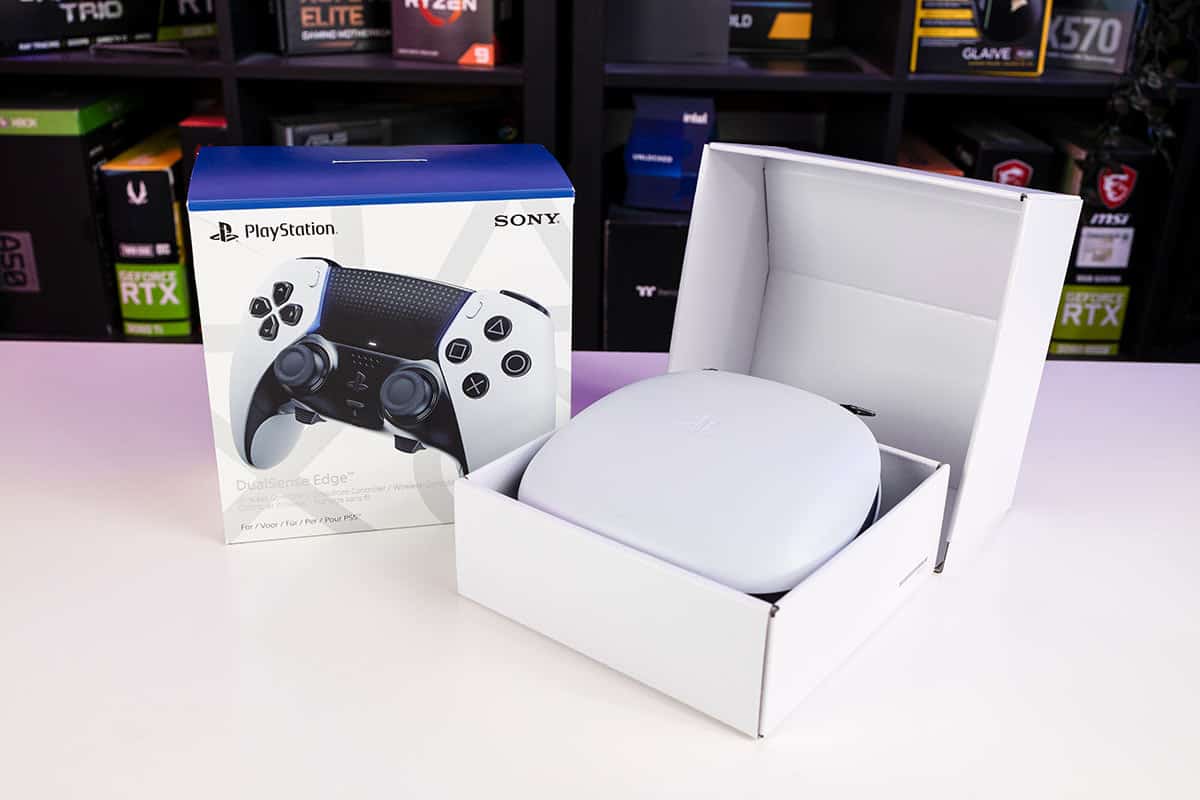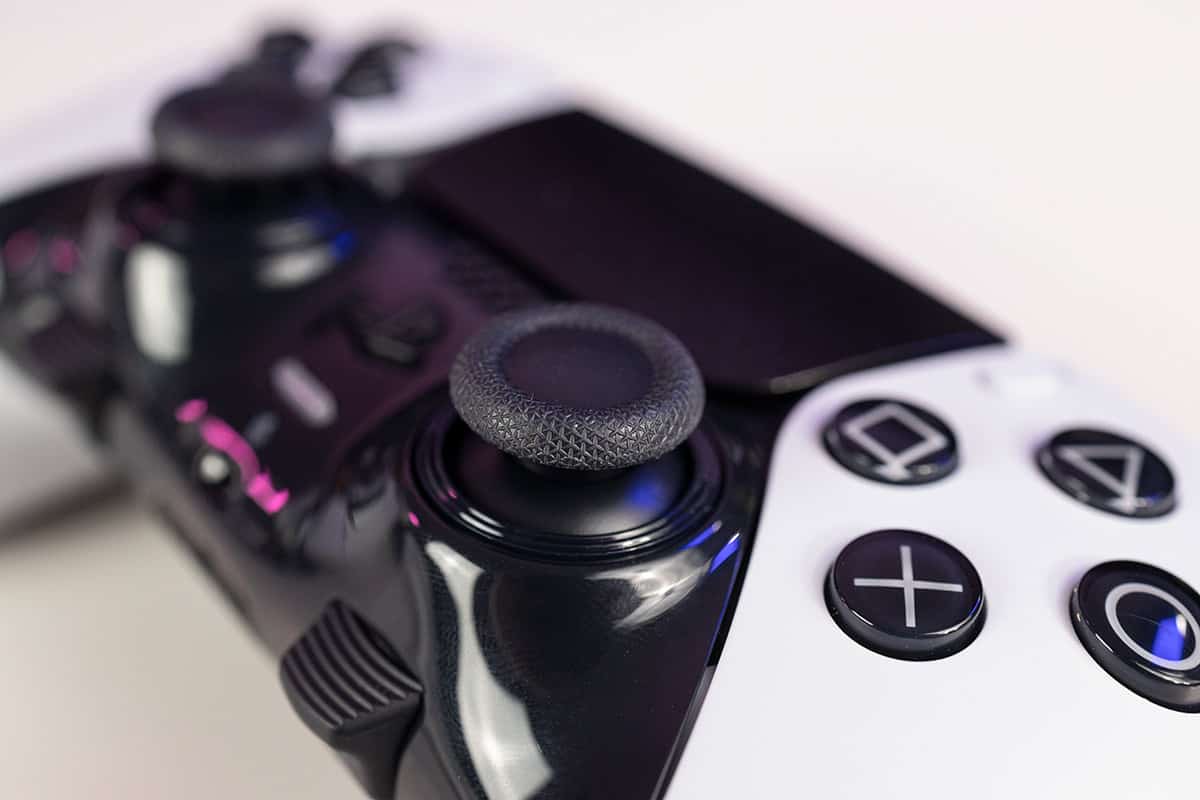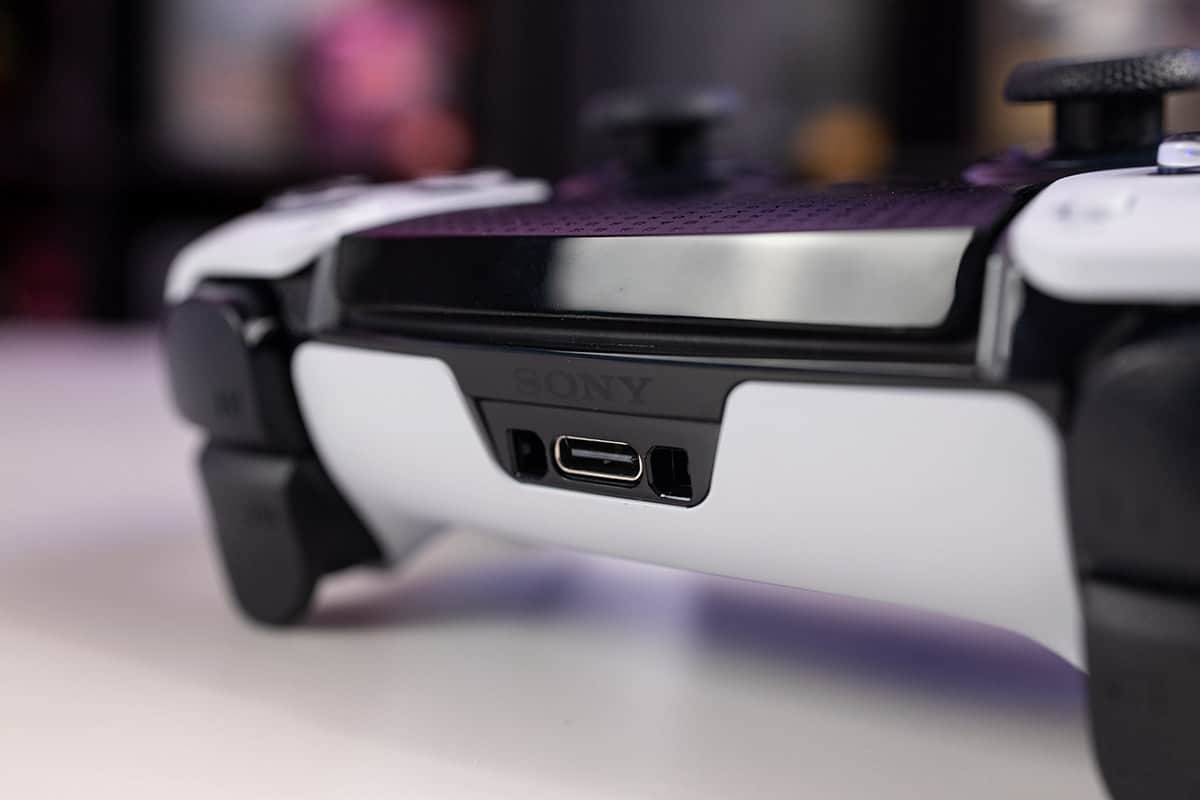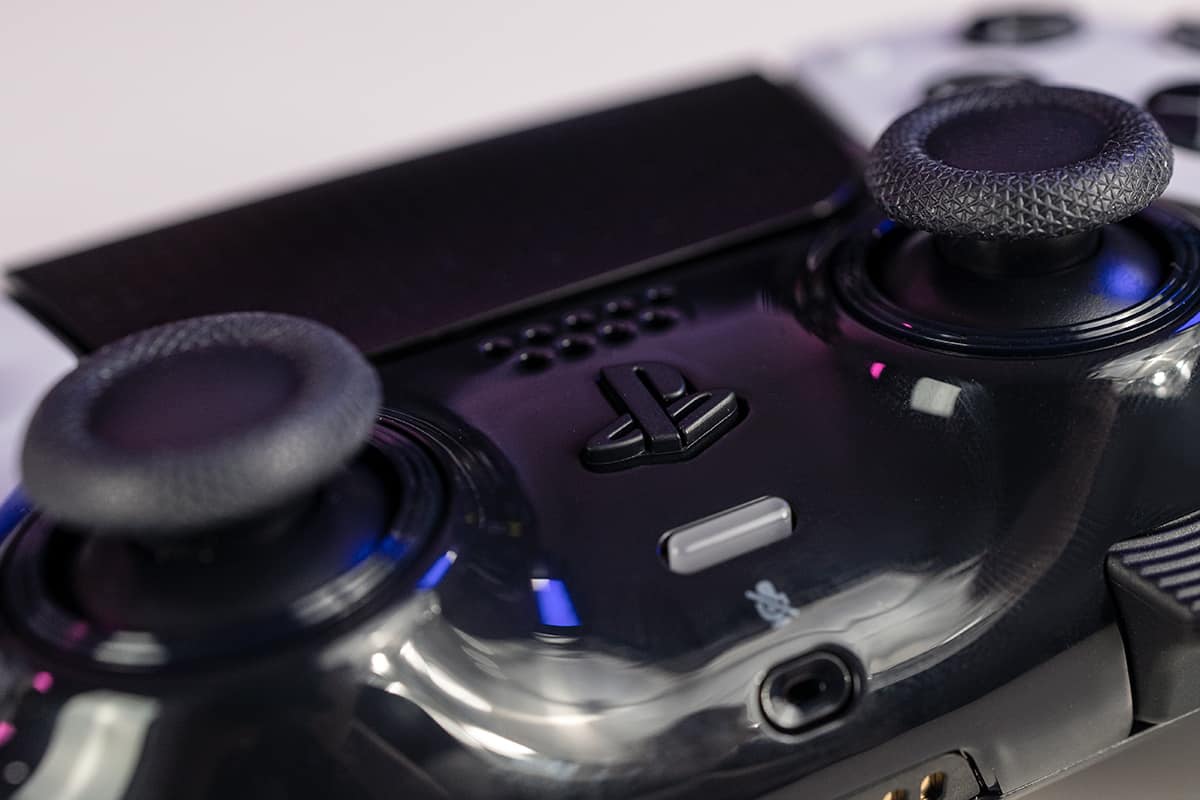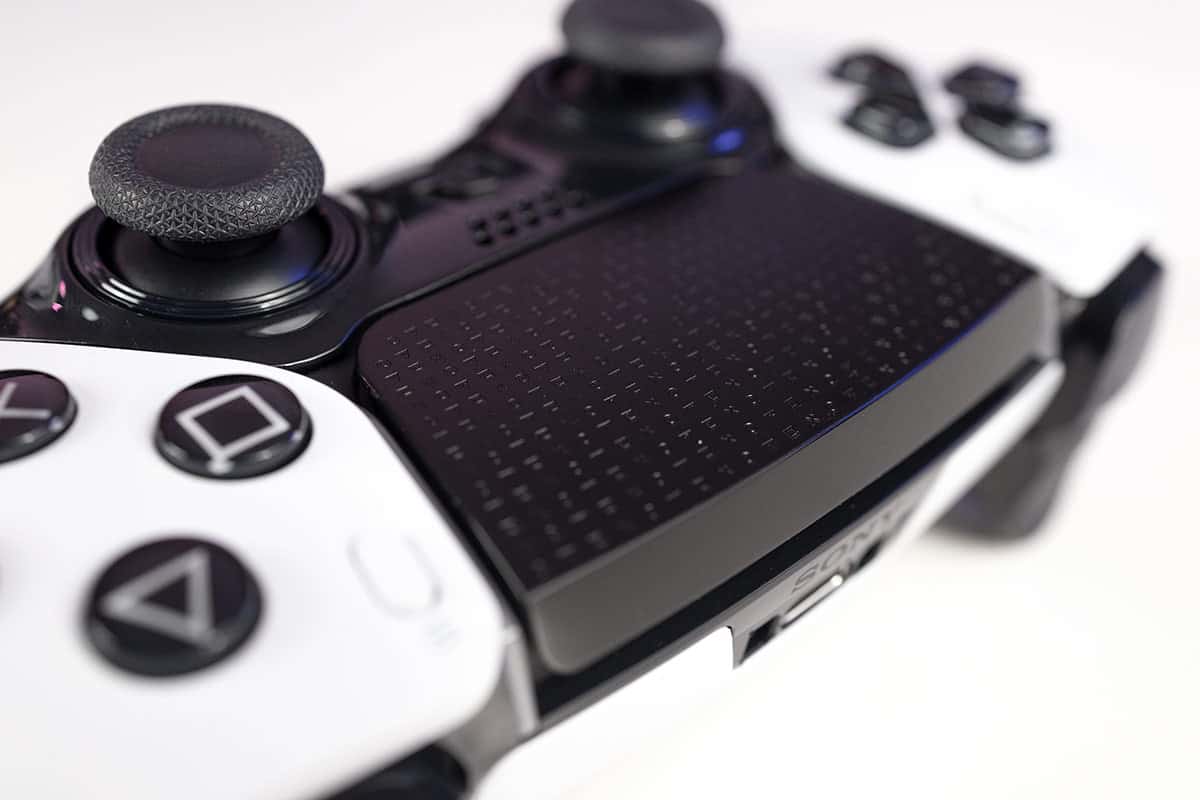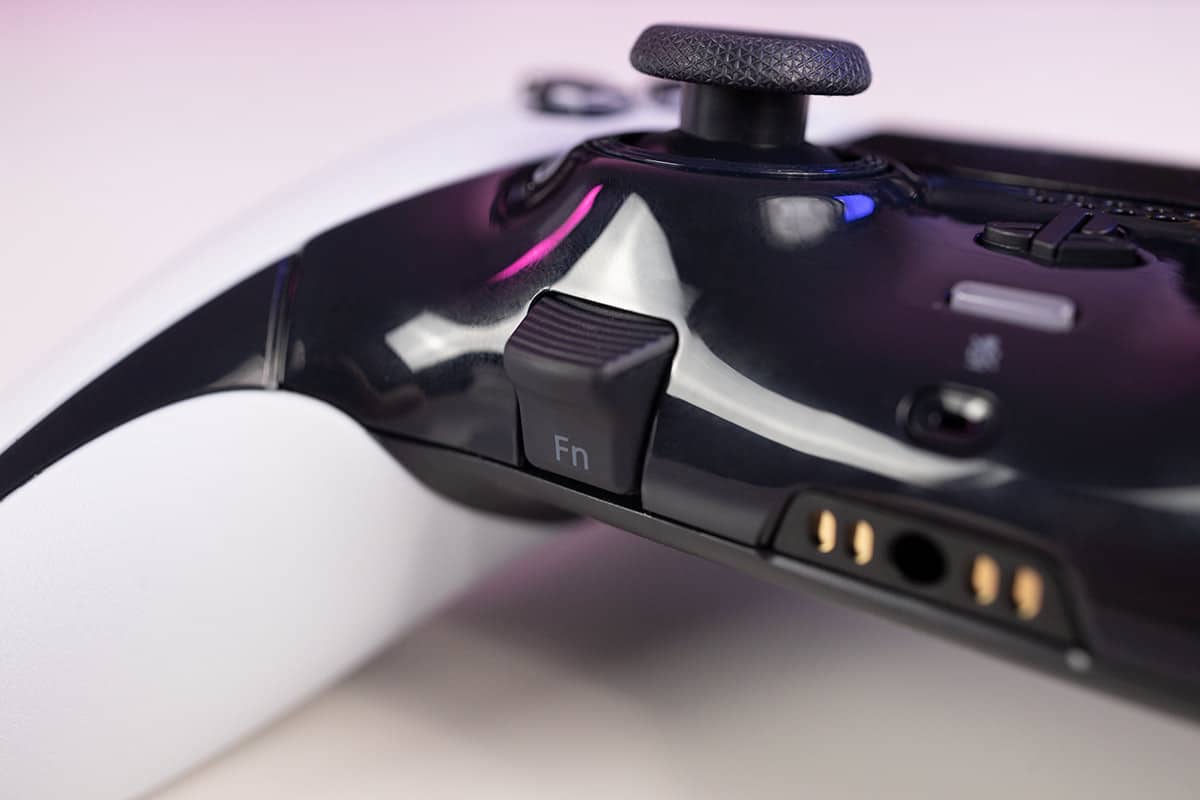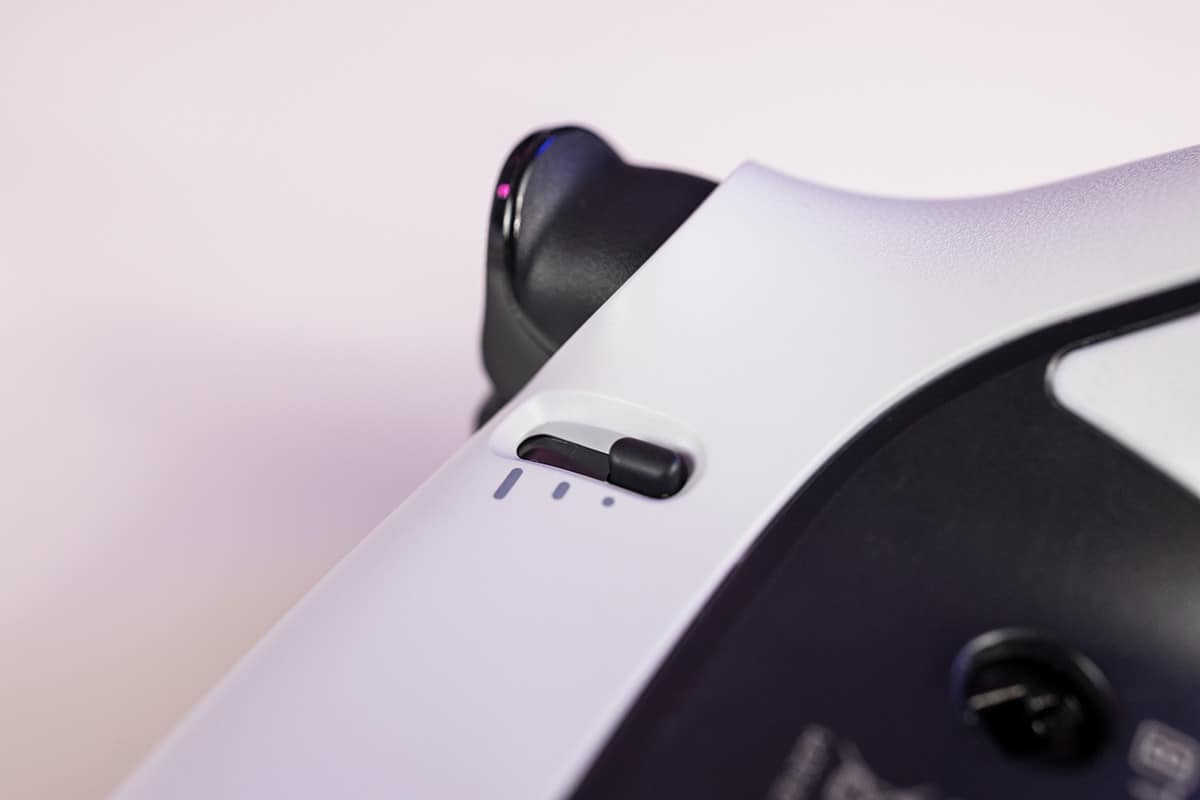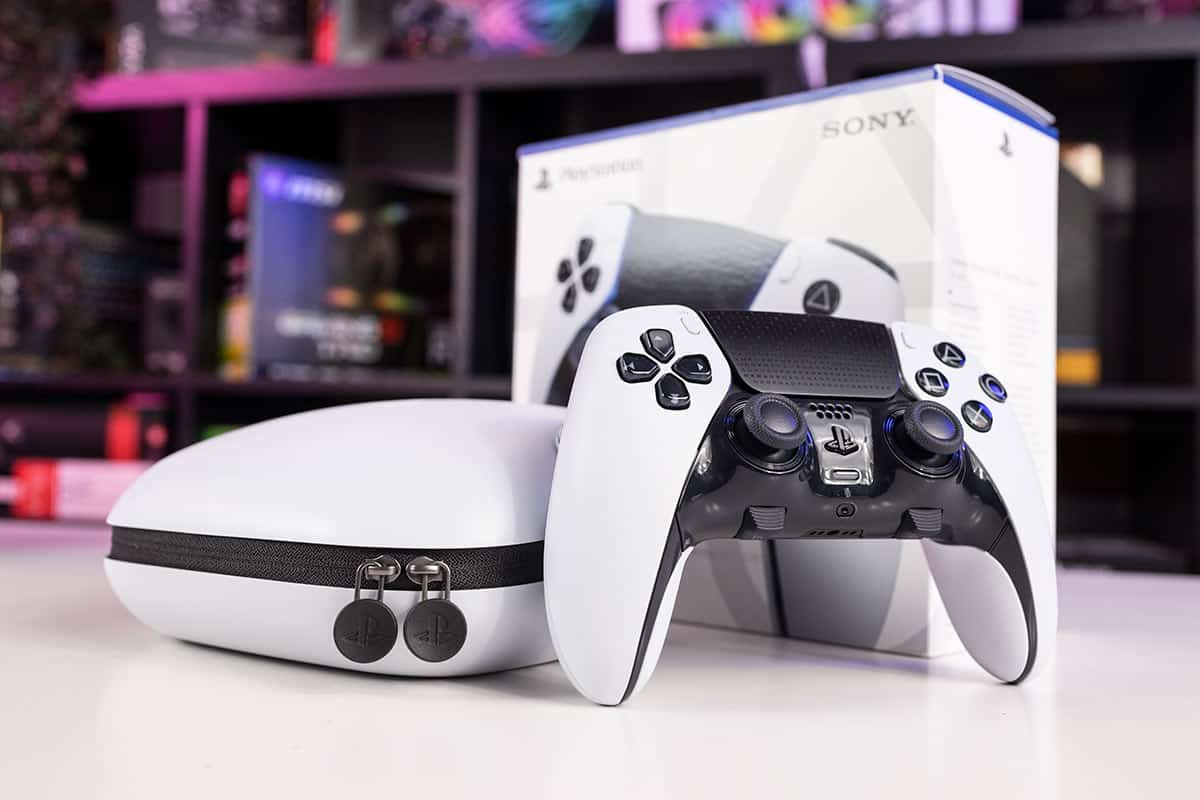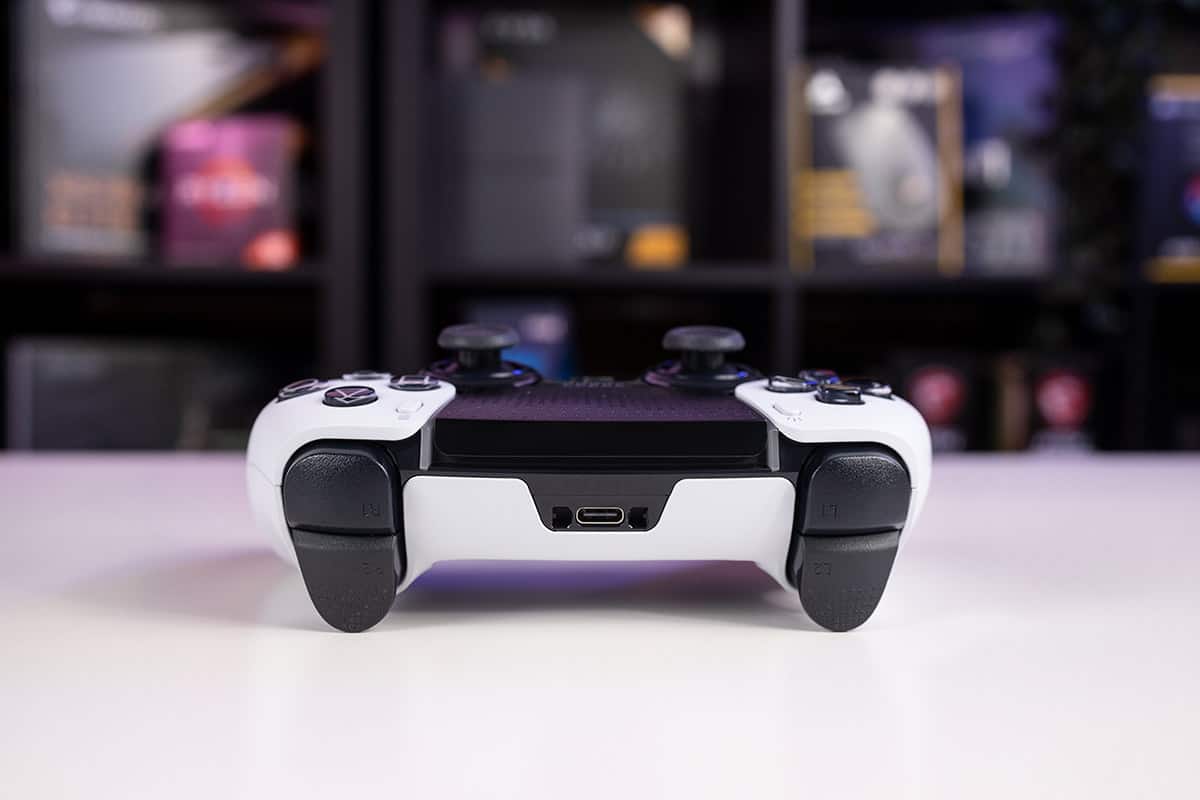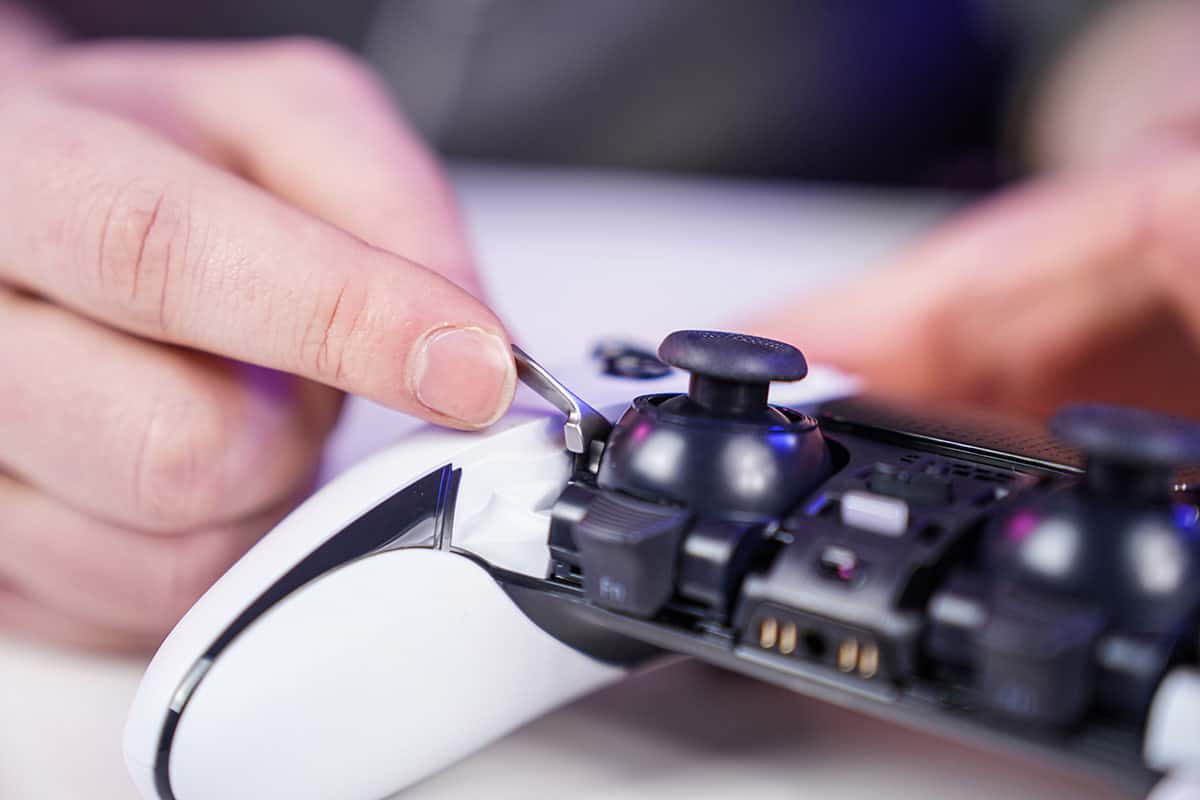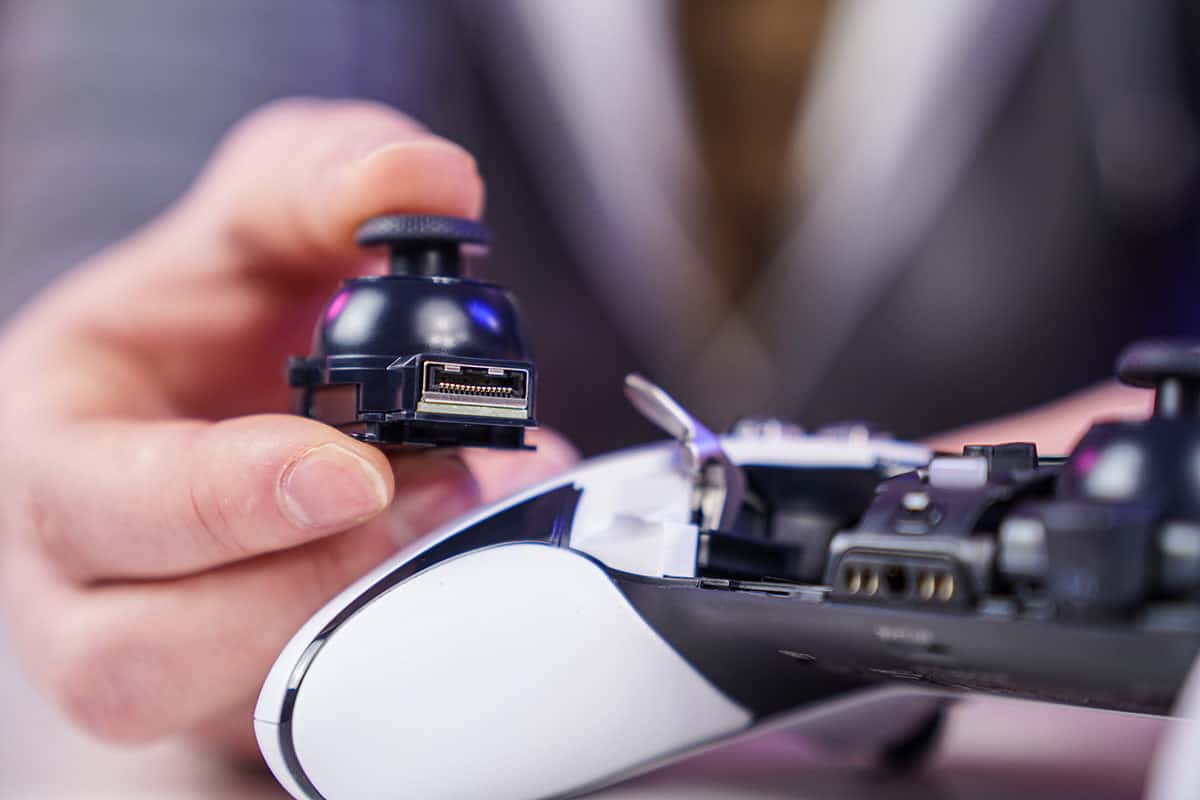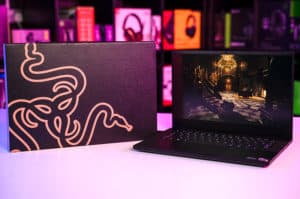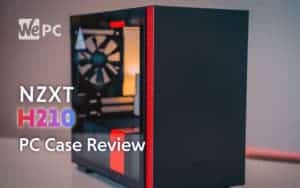PS5 DualSense Edge controller review: Peak performance, painful price
Will the DualSense Edge's performance justify the price?
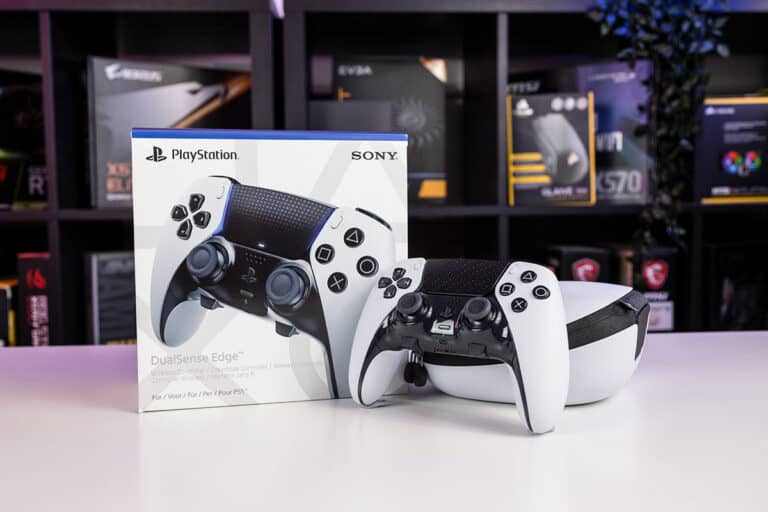
Sony has finally taken it upon themselves to create a ‘Pro’ controller for the PS5 with the DualSense Edge. It’s been a long time coming too, as Microsoft has been making its Elite controllers since 2015. So, PlayStation gamers eager to maximize their performance had to make do with 3rd party companies like SCUF.
This is not to say that SCUF, or indeed any of the 3rd party Pro controller companies are necessarily bad, but there’s just something about an official 1st party controller. It seems we never grow out of our disdain for the cheap controller your friend always gave you when you visited. Looking at you, Samuel.
Anyway, we’re going to take a look at the DualSense Edge controller today, and see if Sony’s first go at a Pro controller can ween people away from 3rd party solutions.
DualSense Edge specs


PlayStation 5 DualSense Edge controller
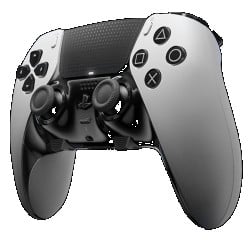
Weight
335g/11.81oz
Connectivity
Bluetooth, USB Type-C
Additional buttons
2x extra buttons on the back. Choice of levers or half-dome
Battery life
5-10 hours
- Very comfortable
- Color scheme looks more premium than the normal DualSense
- Hot-swap analog sticks extend the life of the controller considerably
- Additional paddles on the back expand gameplay options
- Expensive
- Inferior battery life compared to the original
What’s in the box & setup
- Wireless Controller
- USB braided cable
- 2 Standard caps (attached to controller)
- 2 High dome caps
- 2 Low dome caps
- 2 Half dome back buttons
- 2 Lever back buttons
- Connector Housing
- Carrying Case
- Instruction Manual
We’ve grown used to the depressingly utilitarian packaging of first-party controllers. It’s usually just enough cardboard to keep it safe, and the legal minimum of paperwork and warranty info. Sometimes you even get a cable!
So, we were very impressed at the unboxing experience of the DualSense Edge, as it has a similar premium vibe as some of the best keyboards we’ve reviewed too. So it should, to be honest, as it comes in at a $199.99 price point, which is more than most top-tier mechanical gaming keyboards.
Once you remove the thin branded ‘outer box’ and open the thicker box hidden within you’re treated by the Included carry case of the DualSense Edge, wrapped in a foam bag of sorts to prevent the poor thing from any bruises.
NOW READ: Is the DualSense Edge compatible with PC?
Within the case itself, we find the controller beautifully presented, with all its accessories and alternative buttons and such displayed below, somewhat mirroring their respective eventual positions on the controller above.
We aren’t going to patronize you with a fascinating story about the trials and tribulations of connecting the DualSense Edge to a PS5. It’s paired and charged the same way PlayStation controllers have since they first became wireless 19 years ago. Although, your PS5 will give you a quick lesson on how to use the new controller, but we skipped that as we’re renegades. If you want to hear from another renegade we recommend checking out Amaar Chowdhury’s DualSense Edge review for Videogamer.
Design
The shape and proportions of the DualSense Edge are all the same as the regular DualSense as far as we can tell, with a few caveats.
The black section around the analog sticks has been been given a piano black glossy finish, which looks lovely but will be a cleanliness nightmare. One of these days companies will learn that making products that are designed to be held more susceptible to grime isn’t a good idea. Ah well, someday…
Anyway, We also see the face buttons and the D-pad have become black to better contrast the white handles, further delineating the Edge from the now-plebeian DualSense.
We also see the touchpad get a tan, with some microscopic glossy triangle, circle, square, and X symbols, further making it immediately obvious to your peers that you have the fancy one.
In short, it looks really cool, with more aggressive lines, creating sharper shapes that hint at the performance gains the controller is designed to provide. Speaking of which:
Features & gaming performance
Of course, the main draw of this controller is not the modified aesthetic, nice case, or premium unboxing experience. The DualSense Edge is aimed at people who are concerned with performance and performance alone.
There is a lot to talk about here. We get different stick options, 2 different shapes for the paddles we mentioned earlier, and even a small module that locks the nicely braided USB Type-C cable into the back of the controller. That last one kind of made us giggle as it’s possibly the least vital feature to have on a wireless controller, but it’s nice to have nonetheless
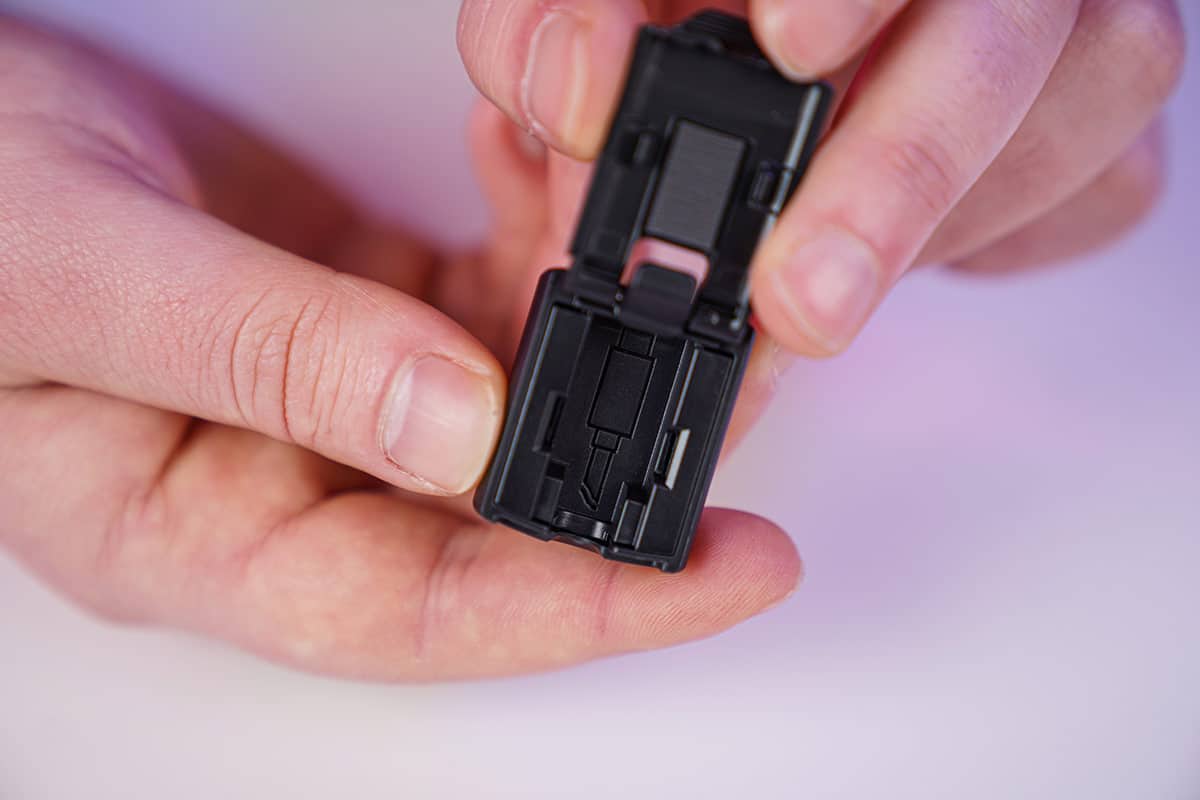
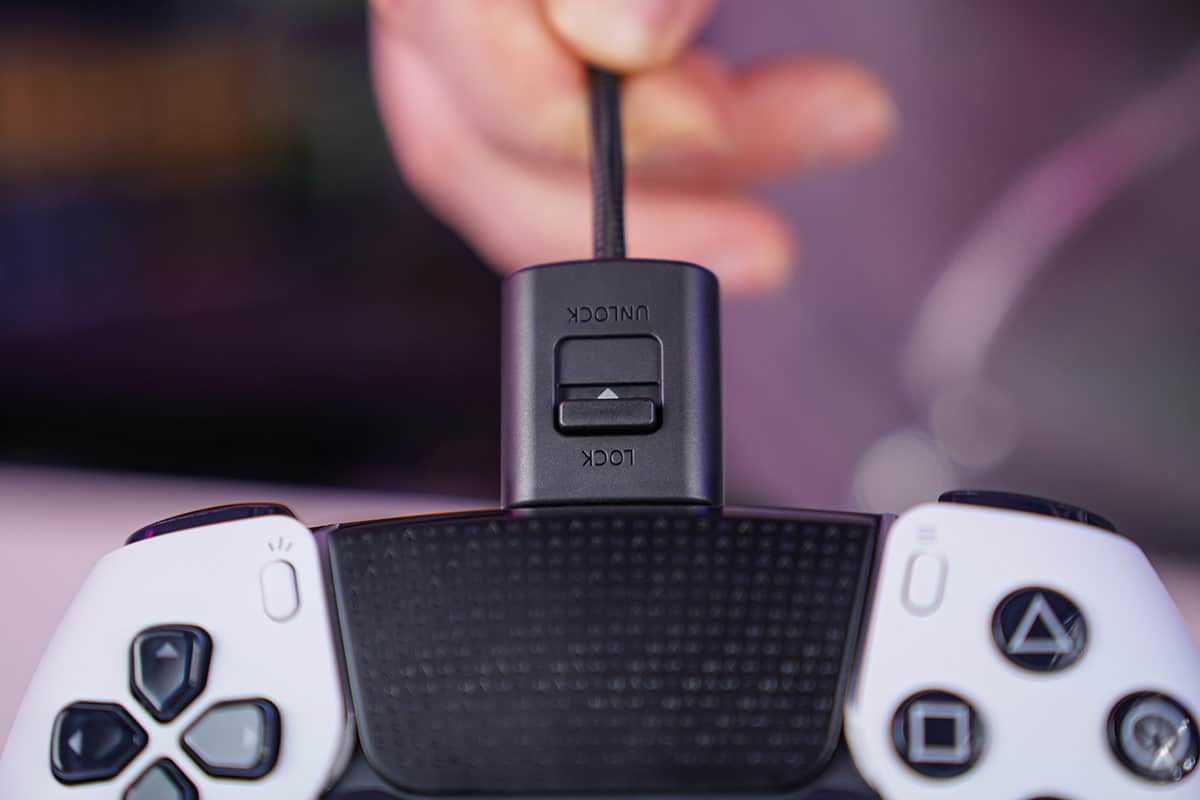
It appears that Sony wasn’t satisfied with the game-changing variable resistance triggers of the original DualSense controller. So, they’ve now added sliders on the back, which appear to physically limit the travel of the triggers, making for a faster return to the initial position, allowing for quicker repeated inputs.
This is genuinely invaluable for FPS gaming, as it more closely emulates the click of the ever-superior gaming mouse, however, it falls just shy of the immediate feedback and tactile click you get from SCUF controllers. We suspect the original Haptic trigger design somehow prevents truly clicky characteristics, which is a crying shame as being able to switch between clicky and regular would have taken the DualSense Edge to the next level.
NOW READ: Is the DualSense Edge compatible with PS4?
Moving around to the back, we find two small holes, which are where the additional paddles are inserted. The paddles slide into with a nice magnetic thunk and stay put very securely, preventing the user from losing them in the event of the inevitable temper tantrum. The paddles themselves actuate easily and provide impressively defined tactile feedback, raising our confidence in the performance benefits of this controller.
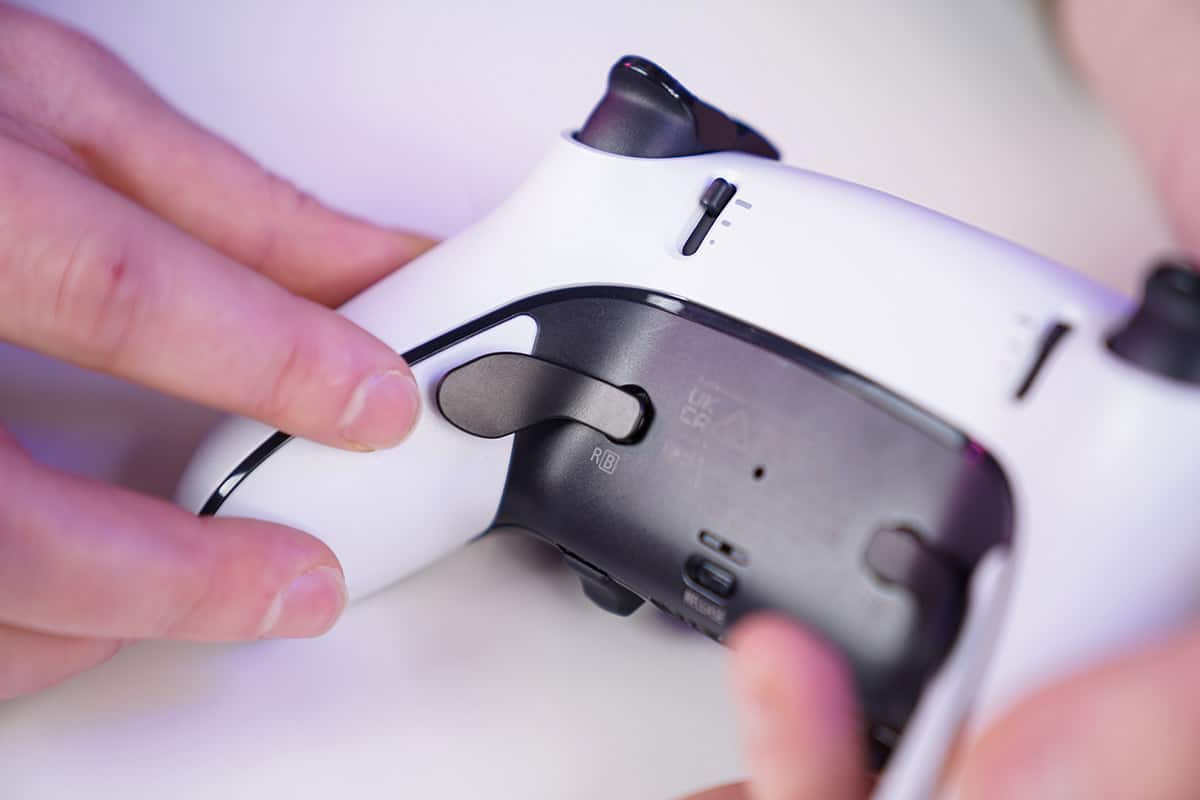
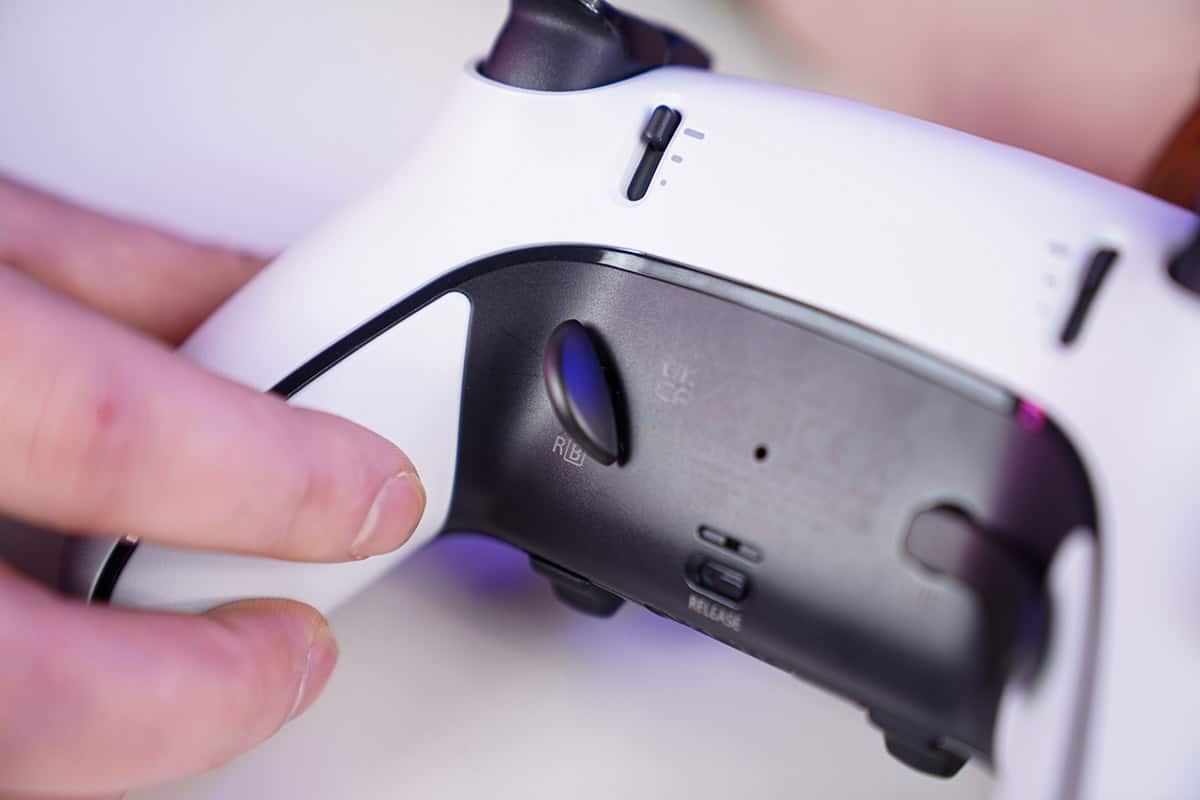
Those of you wanting a more crispy sensation should use the small semicircle paddles instead, as their smaller size makes them marginally harder to push, lowering the possibility of accidental inputs ruining a critical moment. All of the additional inputs can be dynamically remapped to any given input at any point by holding the trackpad and ‘Options’ button down at the same time.
We see similar options when we return to the front of the controller, with Sony thoughtfully providing 3 different lengths of analog stick. This is useful as the longer the analog stick, the less force is needed to push it, creating a console equivalent to a lighter mouse.
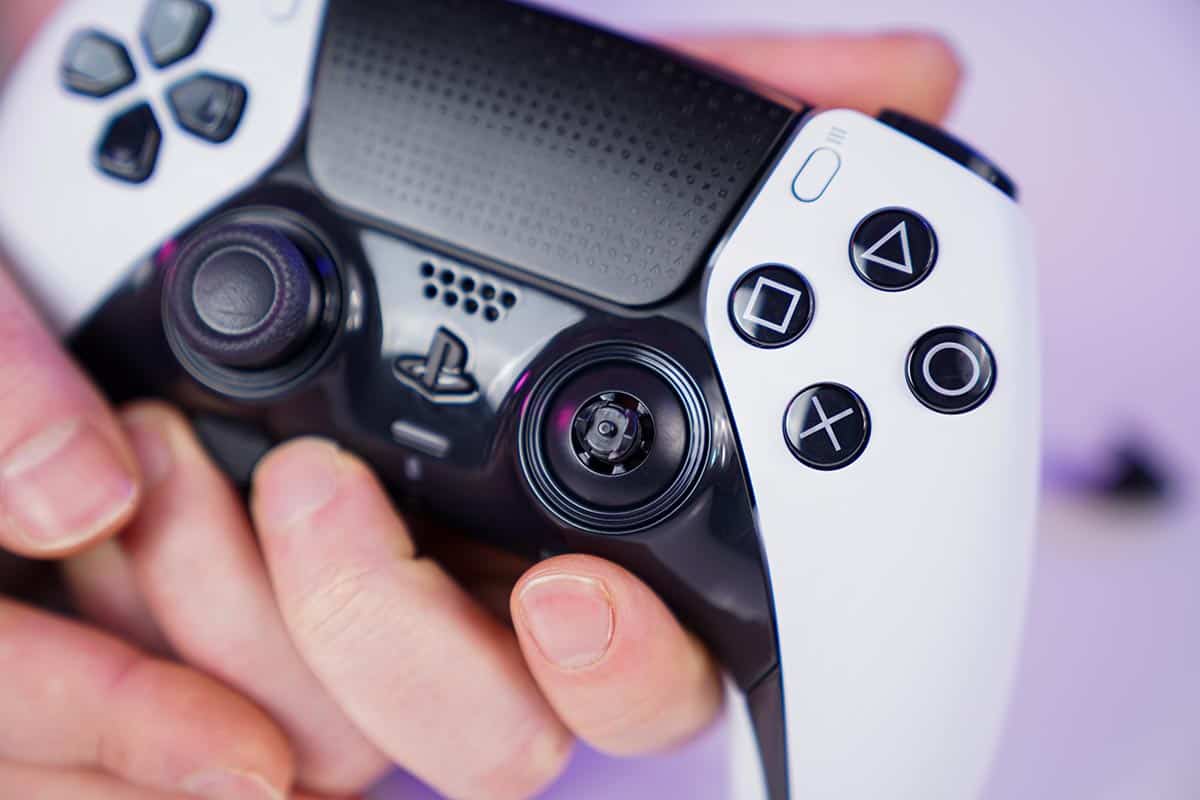
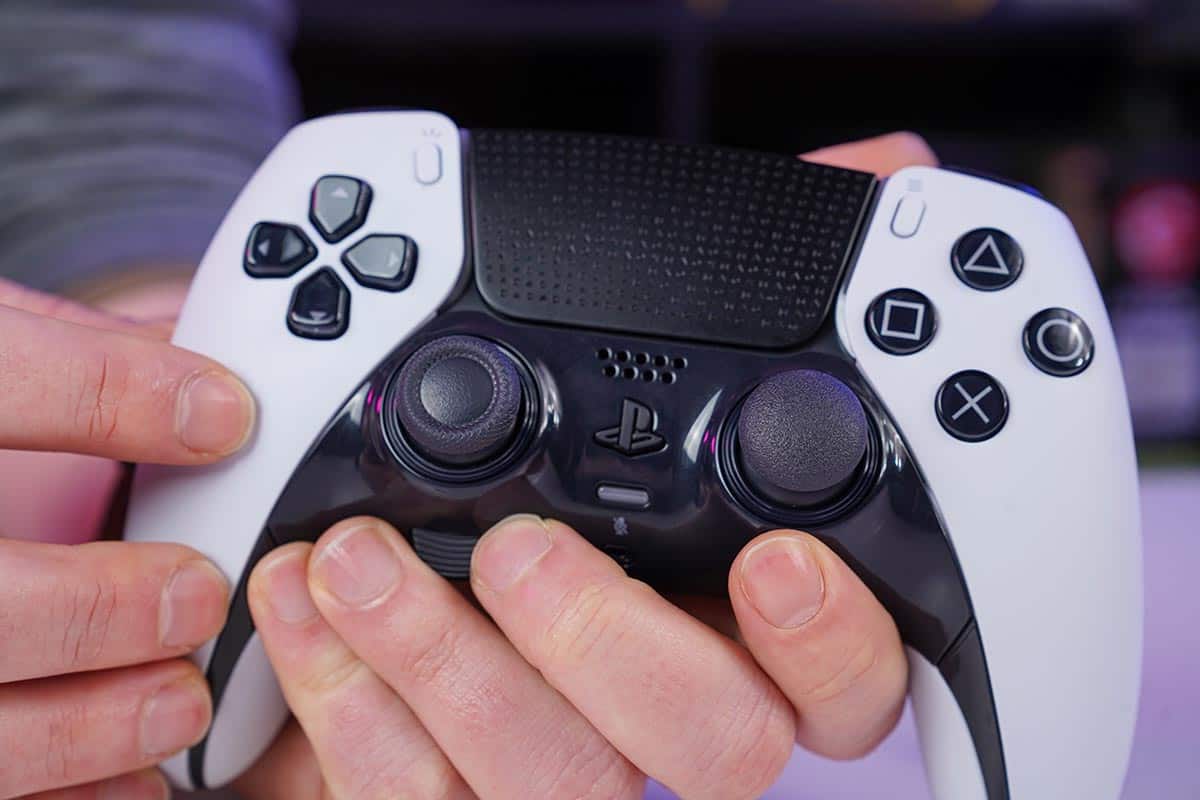
These additional features definitely can definitely improve the gameplay experience, however, decades of muscle memory make it pretty tricky to remember that they’re there, but once you’ve gotten used to them, you won’t be able to go back. Unfortunately, you will notice a significant decrease in battery life compared to the original DualSense. Presumably, all the extra stuff took up a lot of room inside the housing, meaning that Sony had to reduce the size of the battery.
Sony has also provided convex options for the sticks too, which will give PlayStation veteran’s a significant hit of nostalgia, harkening back to the PS3 and beyond. We then realized that convex analog sticks just don’t feel as nice as concave ones, immediately ending our nostalgic moment and dragging us kicking and screaming back to the present day.
Speaking of the analog sticks, Sony has engineered a hot-swap option for the entire analog stick module, giving you the ability to replace them when the inevitable stick drift sets in, without having to break out the soldering iron.
Continuing the tactile experience of this controller, the process of swapping the sticks out is very satisfying. Flicking the tiny switch marked ‘release’ on the back of the controller pops the glossy plastic surrounding the sticks away from the DualSense Edge, revealing a metal lever on each side. Flipping these nicely weighted levers up allows you to slide the analog stick modules out, you then reverse this process to install the new ones, which are available from Sony at $20 each.
Build quality
The quality here is supreme. The original PS5 controller always felt great, but the DualSense Edge puts it to shame. the 55g increase in weight (280g vs 335g) gives the Edge a far more handleable feeling, inspiring confidence in the performance and longevity of this controller.
We also don’t think that the additional weight is a problem either, as the majority of gamers hold controllers in their laps, making the extra heft a non-issue, meaning that it only helps the controller feel more robust.
All of the additional stuff feels great too, with the alternate analog stick caps and levers feeling hard-wearing and performance-focused, so we have no doubt that they’ll last the long run.
The included hard-shell carry case also feels really nice, with enough padding on the inside to keep the controller pristine even in the result of super violent drops.
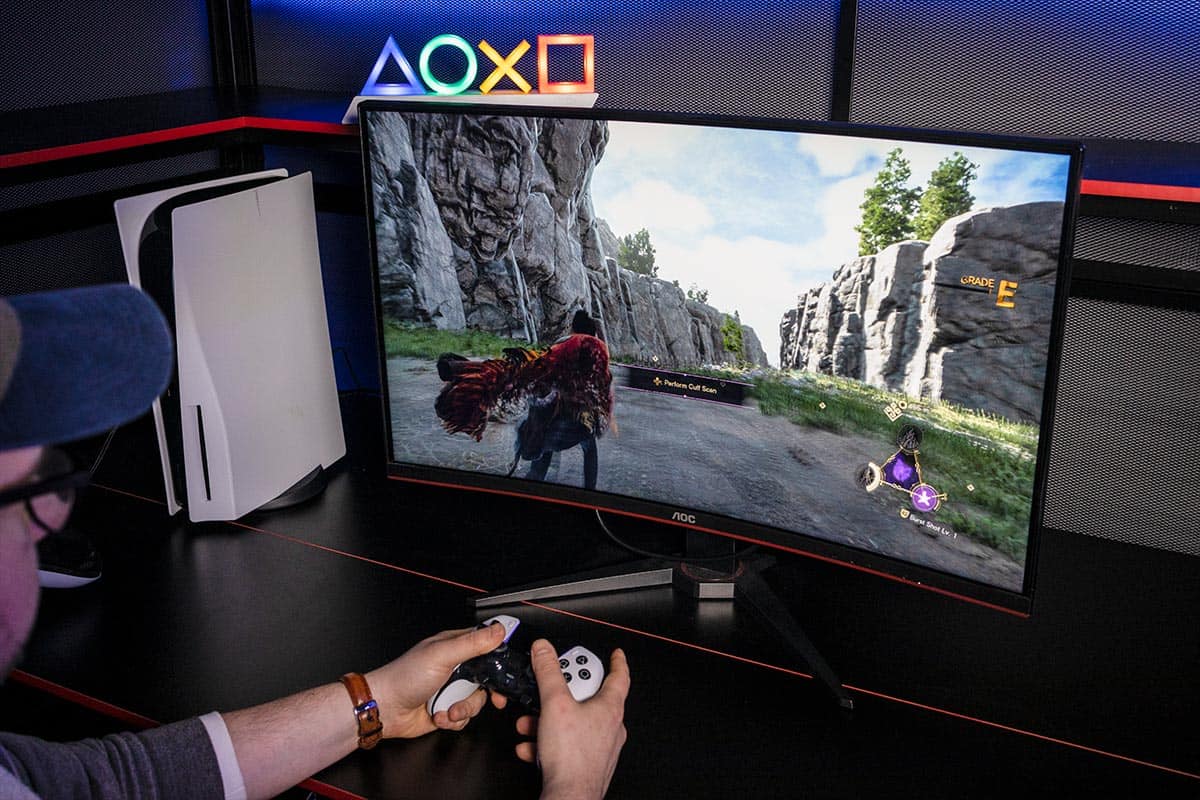
Final Verdict


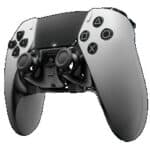
WePC is reader-supported. When you buy through links on our site, we may earn an affiliate commission. Prices subject to change. Learn more

